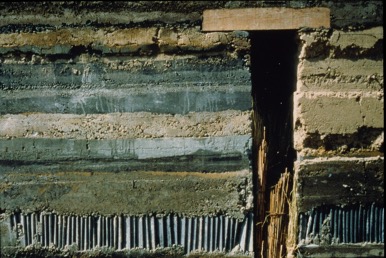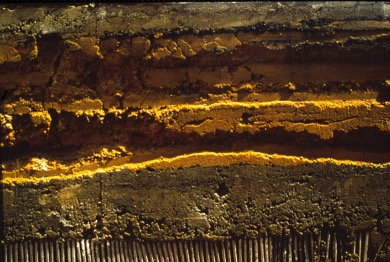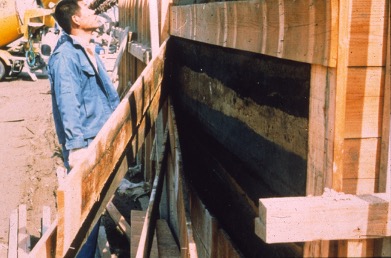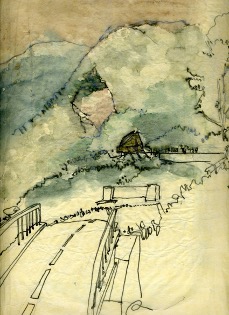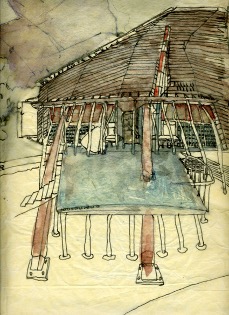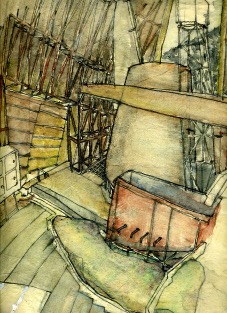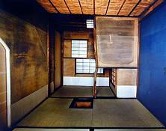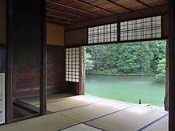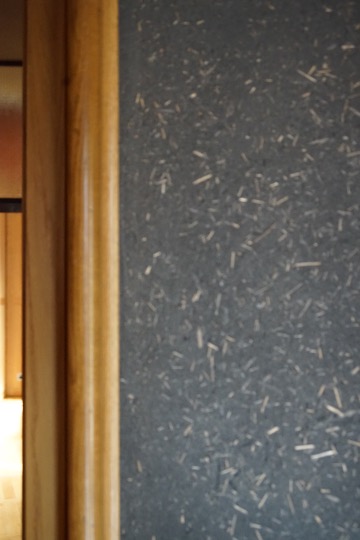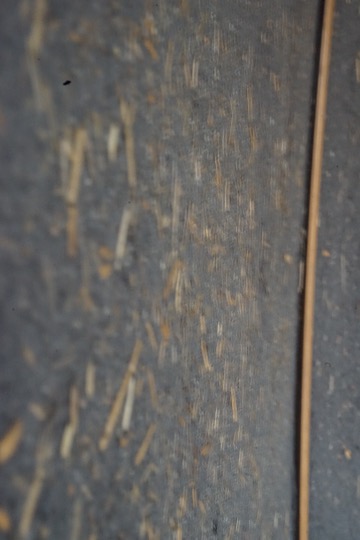Learning from Japan (Part two)
Our last event before lockdown was a talk with the Japanese architect Akihisa Hirata and Walmer Yard’s architect Peter Salter. Both speakers discussed one of their own housing projects in relation to craft, materiality and the interpretation of home.
Here we share an edited transcript of Peter Salter’s discussion on his early work in Japan and how that led on to influence some of the ideas at Walmer Yard.
Peter Salter: Influences from Japan
The projects which I did in Japan were the result of Arata Isozaki and Alvin Boyarsky, who invited me to go there with my partner, Chris Macdonald. It is interesting because this was in 1990, and up until that point, not many architects went to Japan.
There was a whole earlier period of the Metabolists and Archigram but then there was a kind of gap. Isozaki came and asked Boyarksy, who was the head of the Architectural Association (AA) at the time, if he could recommend people to make a series of follies in Osaka. And so we were chosen, alongside Peter Wilson and all of the people basically teaching at the AA in those days, like Daniel Libeskind and Zaha Hadid and then some others from America.
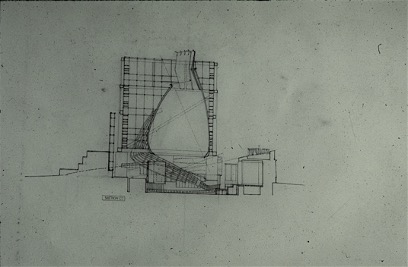
This is our folly for the Garden and Greenery Expo in Osaka.
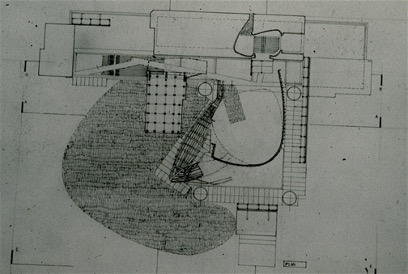
The plan changed very often but basically in the end we made four lumps of earth. Those pieces of earth acted like bouys, which you navigated around.
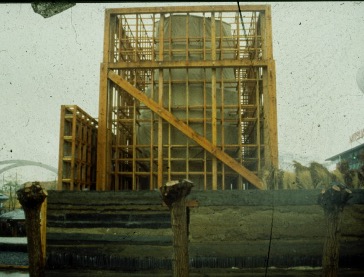
In the end we couldn’t make the structure because it was cold moulded timber – a bit like the yurt structures on the top of Walmer Yard. There is a kind of family of forms that you use again and again. It was made of canvas held in form by a set of timber struts, which were done in the same way as a Japanese Minka house. There are very large pieces of structure, and then they are infilled with these smaller, finer pieces.
The main thing I want to talk about is the earth. When you go to Nara all of the precincts around Nara are made from rammed earth. They are constructed by putting a new layer of 75mm of rammed earth on the walls each year. Whereas we made ours in 19 days – it was very quick.
I’ll tell you about things we didn’t know about when we did our rammed earth. We ran out of clay, which is why there is all the striped clays. It was August in Japan so it rains a lot so we put a tile course in. The terrifying thing was the water content that came out of it. It sort of leached out of the rammed earth and as it did great lumps of earth came out too. So we were a bit desperate – we were worried it wasn’t going to last the Expo. Anyway, some wise person said don’t worry about it because gradually the water content will evaporate and the rate of erosion will go down.
The thing that’s nice about this project is that – which is really nothing to do with us – it was one of the coolest follies in the Expo because it had all this water leaching out of the earth. People went in there because in August it is really hot. So they would go in there with their umbrellas and stand and sit there cooling down.
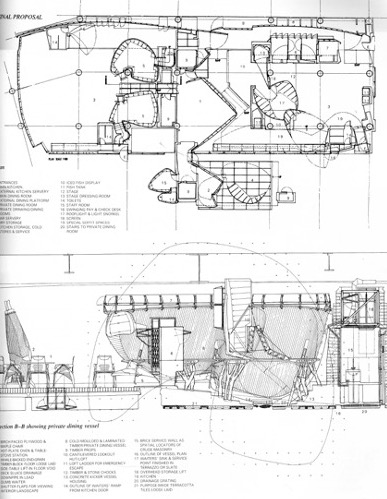
This is the Thai fish restaurant in Tokyo, which I did for Toyo Ito in 1995. He asked me to make a fish restaurant in one of the floors of what he told me was his first public building.
Once you entered there was a little pavilion and you went through right to the back of the site. There was a kind of bar and a place for more formal eating. Then if you really wanted to be expensive, you could hire a dining vessel, which you entered though a kind of folding staircase.
We were so constrained by the really deep beams and heavy structure. The columns were 1m in diameter – we were dealing with a really heavy structure because of earthquakes. So I used the notion of trying to clog up this space of all this structure with great lumps of timber.
From the windows you see there are two volcanoes. And all of the settlement was around the volcanoes – they weren’t active. This notion of the settlement from the volcano, and then the settlement around these lumps starts to come to play.
Akihisa Hirata talked about the space inbetween, and it is all about the space inbetween. You walk all the way through the thickness of the building, and then you arrive, and then life begins in a way. So it’s not quite the space inbetween but its certainly trying to work with the thickness and the length of the space.
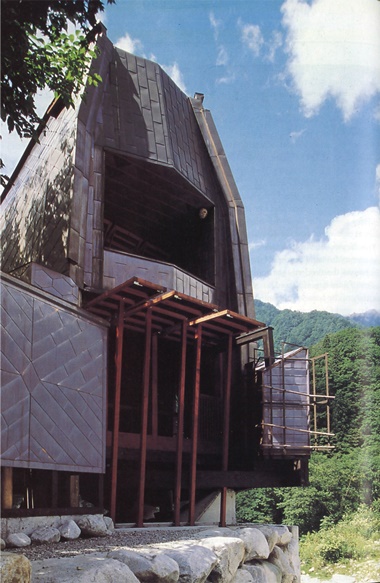
In 1995 we were invited to do another Expo – Expo Toyama. It was up in the skiing resorts of Japan. I made a building which is 30m tall, because it literally gets 12m of snow.
One of the things they do in Minka houses is they put up structures specifically for the snow so that you can walk in this inbetween space and the structure which has all the snow loaded onto it. So I used this notion of making a boat with the shells of the boat keeping the snow away. The pavilion is a boat and the snow is its water. Inside it you have a set of rooms – one of which you can see the peaks of Mount Tateyama.
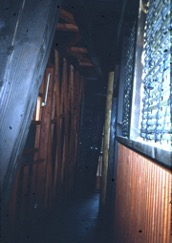
Inside the Toyama Pavilion 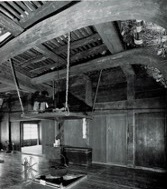
The interior of a Minka house
Above is a picture from a Minka house which shows you the kind of very formal, very beautiful rooms and how they sit with the exposed structure above and it gets darker and darker. Then to the left is an image of the back of the shell and this is one of the rooms in the pavilion. You are literally walking in very dark circumstances in the space inbetween.
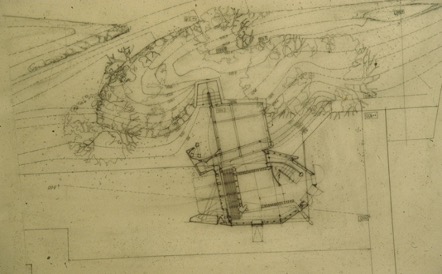
It was about how you arrived when you first saw the building and then when you got into the building, you had to move in a very determined way.
The other thing, which is very similar to the yurts at Walmer Yard, is that it was done with diamond copper tiles, because the structure is quite varied. The faceting is very soft, very gentle, like at Walmer Yard. In order to retain that faceting we used copper tiles as you couldn’t do it with straight standing seam copper. The tiles bent around the facets of the building.
I suppose my greatest influences are the Japanese Minka houses with their kind of delicacy and strength mixed together.
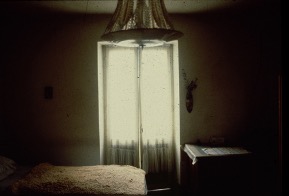
All of those projects were all about a kind of gloominess. Above is a picture of a bedroom in Venice. What is so beautiful about that picture is the light is just bending around the wall. And it’s working very softly with the bedspreads and the curtains. It’s just beautiful. I wanted to make all the rooms in Walmer Yard have a similar quality.
How the light gets into these rooms is quite important. Most of the light is from the top ranges of windows, which spreads light on the ceiling and the ceiling then reflects the light into the interior of the room.
In the Minka house, the floor defines the space. We step up into the kitchen area and then again onto the tatami matted floor. The whole thing about thresholds, which you’ll see at Walmer Yard, is very similar. You step up onto the floor and then you know that you have arrived.
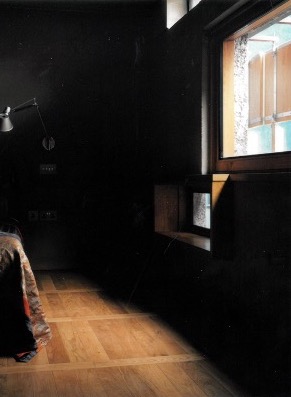
This is my favourite bedroom at Walmer Yard. What is interesting about the Minka houses is the kind of patchwork of different clays and paper screens. I just think that it is so beautiful. So in Walmer Yard we try to make a patchwork of different materials. In the image below you get in-situ concrete, brown clay and white clay. We use the white clay sometimes to try and get more light into the room or to enliven a dark corner.
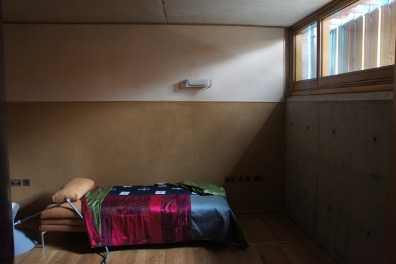
We remade a lot of silk kimonos to make these bedspreads. And you can imagine that if we had to have food on the floor that we would cover ourselves, our knees with these bedspreads.
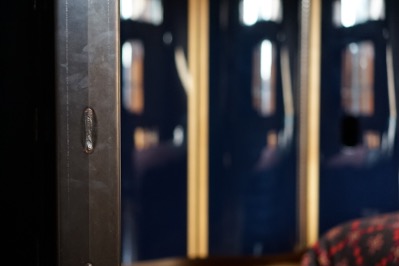
The lacquered finish of the wardrobe doors 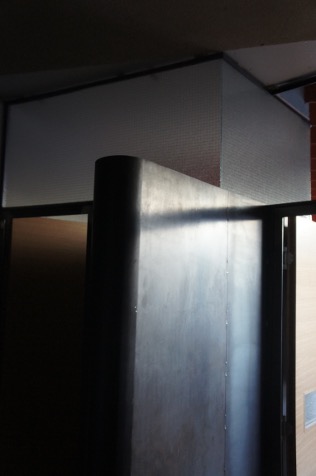
The steel of the bathrooms 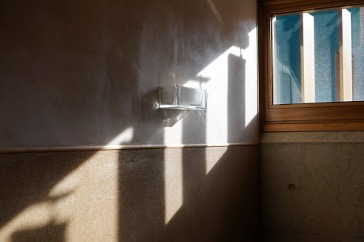
The light across the clay walls
This is sprayed lacquered resin and in some instances you can’t tell the lacquer colour – which is an indigo colour – from the steel. Steel is black, the lacquer is blue and the two things start to merge and you can’t tell the form. These are curved forms just like the bathrooms are curved.
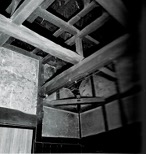
This is another Minka House. One of the Minka houses I went into where the person would pass through this little corridor space every day for 50 years. The clay had worn off and the colour had leached from it. I really like the idea of how the thing wears.
These are two images of the yurt upstairs, where you can see the chopped straw and how the light catches the chopped straw so that you get the darkness against the bright yellow strands.
We were always taught that when you looked at vernacular buildings, what you did is you took the principle but you didn’t take the image of it, but it’s really difficult not to get caught up with that.
Dialogue: Hirata and Salter was originally held at Walmer Yard on 21 February 2020.
